White wine is a beloved beverage enjoyed by wine enthusiasts and casual drinkers alike.
Whether you're savoring a crisp Sauvignon Blanc or indulging in a buttery Chardonnay, understanding the role of temperature in white wine storage and the wine serving temperature is crucial.
The right temperature can significantly enhance the taste, aroma, and overall enjoyment of your white wine.
In this comprehensive guide, we will explore the ideal temperature range for storage and serving wine, the impact of temperature variation on taste, monitoring techniques, storage methods, and tips for serving white wines in different settings.
Short Summary
- We highlight the factors that affect white wine temperature and provide techniques for monitoring temperature accurately, such as wine thermometers and digital temperature probes.
- We look at storage techniques for maintaining optimal temperature, including wine cellars and regular fridges, and offer insights into how long white wines can be stored and when to open or discard them.
- Serving techniques for different settings are provided, along with secrets and suggestions, such as the use of wine thermometers and wine fridges.
The Ideal Temperature Range for Storage and Serving
White wines are best served chilled, but not too cold. The optimal temperature range for storing and serving white wine varies depending on the type of wine.
Here are the recommended temperature ranges for popular white wine varieties:
1. Light-bodied white wines (e.g., Sauvignon Blanc, Pinot Grigio): Store at 45-50°F (7-10°C) and serve at 45-50°F (7-10°C).
2. Medium-bodied white wines (e.g., Chardonnay, Chenin Blanc): Store at 50-55°F (10-13°C) and serve at 50-55°F (10-13°C).
3. Full-bodied white wines (e.g., Viognier, Gewürztraminer): Store at 55-60°F (13-15°C) and serve at 50-60°F (10-15°C).
4. White sparkling wines: Store at 40-50°F (4-10°C) and serve ati 40-45°F (4-7°C). This ensures the wine maintains its crisp and refreshing taste.
Note: While it's correct that red wine is meant to be served at a warmer temperature than white wine, the popular misunderstanding is that red wine should never be chilled (serve betweeen 55°F and 65°F (13 to 18°C)).
Temperature's Impact on Taste and Aroma:
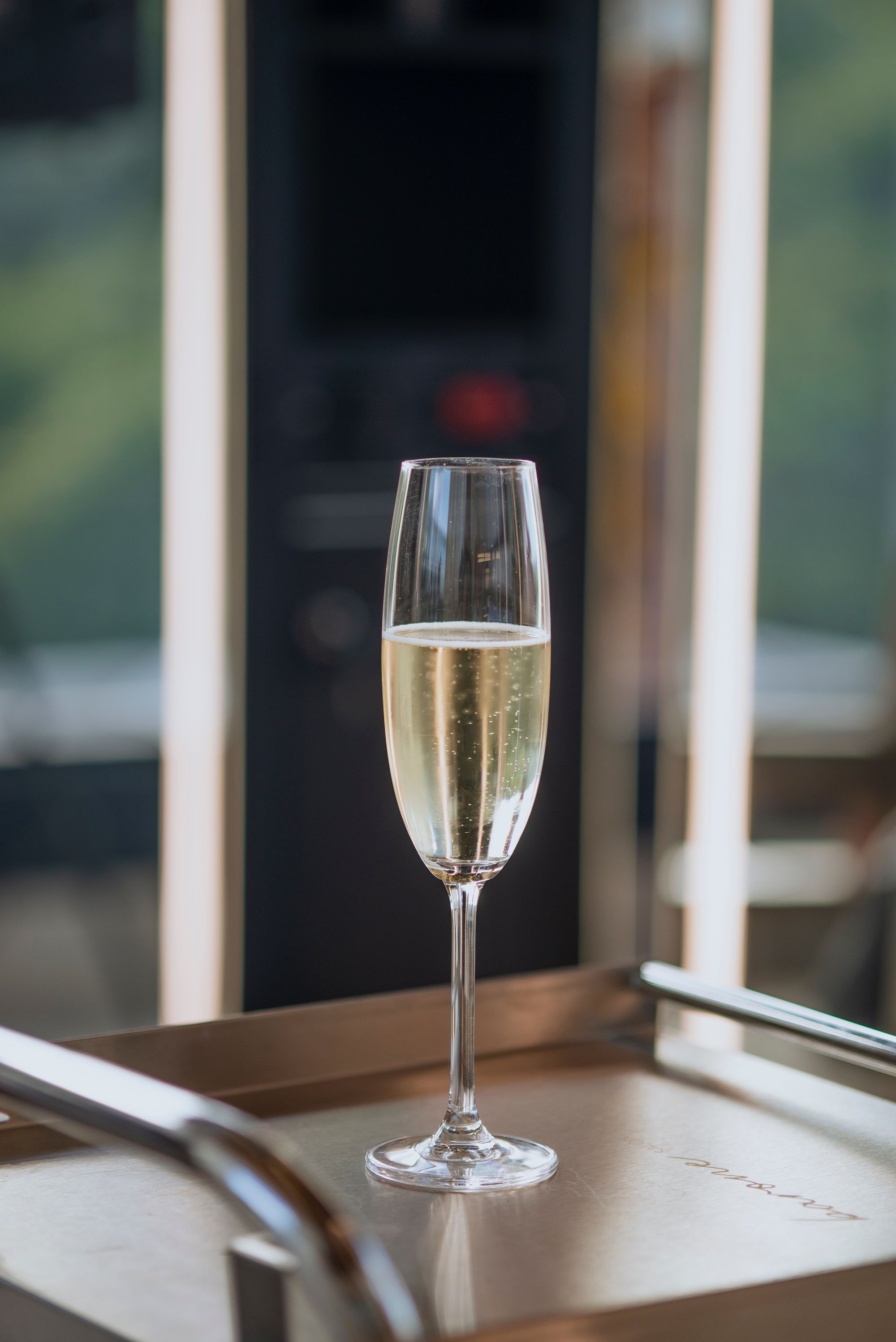
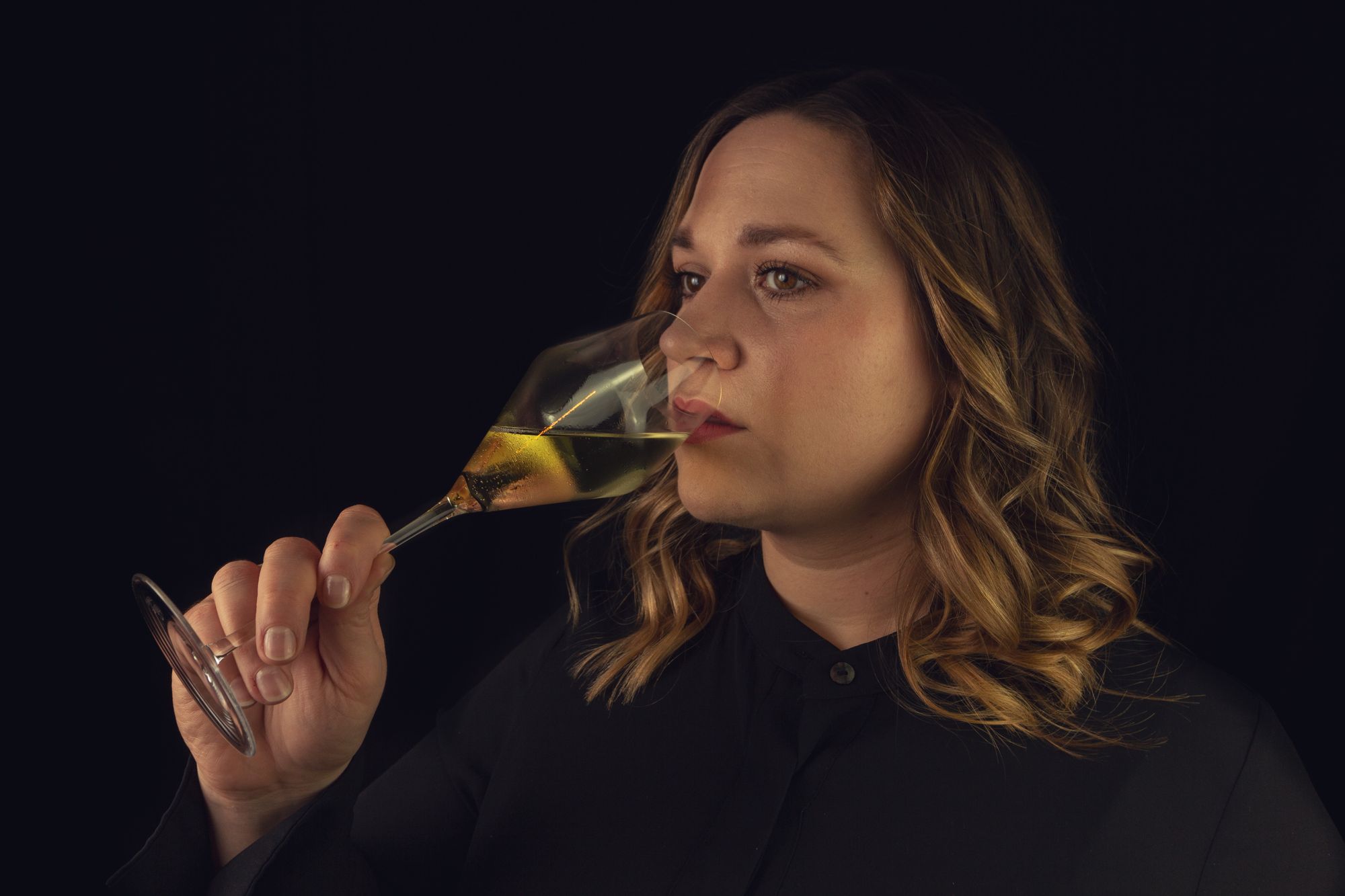
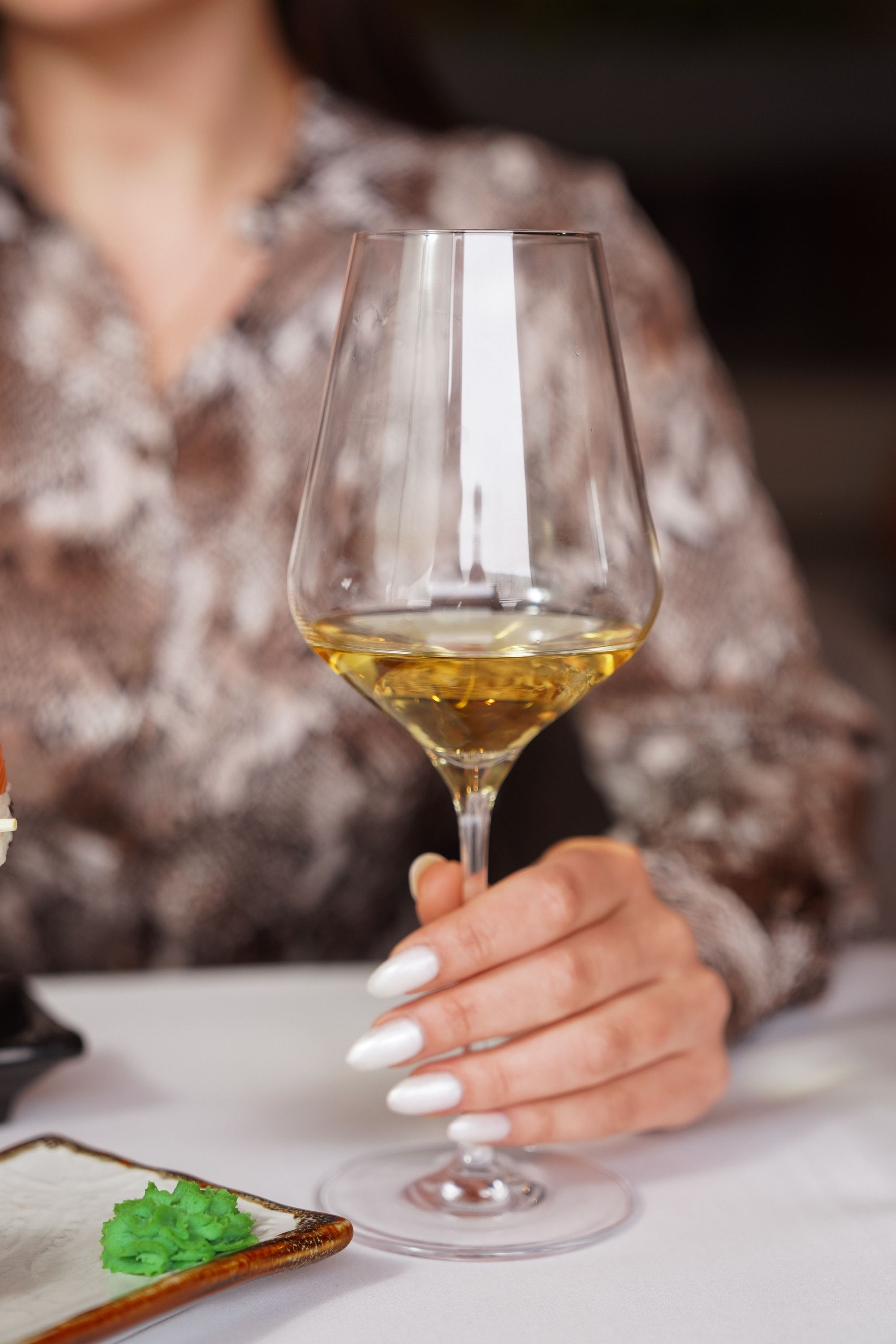
Temperature plays a vital role in preserving the flavors and aromas of white wines. When served too cold, the flavors may be muted, and the wine can taste overly acidic.
On the other hand, when served too warm, the wine can lose its crispness and appear flabby. Proper temperature ensures the balance of wine flavors, and aromas, allowing the wine to showcase its true character.
Factors Affecting White Wine Temperature
Several factors influence the temperature of white wine, including ambient room temperature, storage conditions, and serving techniques.
Additionally, external factors such as sunlight and heat sources can affect the wine's temperature.
To maintain the desired temperature, it is essential to consider these factors and employ appropriate monitoring techniques.
Monitoring White Wine Temperature
To ensure the perfect temperature for your white wine, you can use various monitoring techniques:
1. Wine Thermometer: Invest in a wine thermometer, a handy tool that measures the temperature of the wine bottle accurately. Insert the thermometer into the wine bottle to get an instant reading.
2. Digital Temperature Probe: Use a digital temperature probe to monitor the wine's temperature continuously. Place the probe in the wine bottle or the wine cooler or the storage area for accurate readings.
Storage Techniques for Optimal White Wine Temperature
Proper storage is crucial to maintaining the desired temperature for white wines. Here are two common storage methods:
1. Wine Cellar: A wine cellar offers the ideal environment for long-term storage of white wines. The temperature in a wine cellar can be controlled to maintain the optimal range. Aim for a constant temperature between 45-60°F (7-15°C) and ensure the humidity level is around 55-75%.
2. Regular Fridge: If you don't have a wine cellar, you can store white wines in a regular fridge. However, be cautious of the temperature, as regular refrigerators are colder than the ideal storage temperature. Set the fridge to the warmest temperature zone (around 45°F or 7°C) to avoid overly chilling the wines.
How Long Can White Wine Store and When to Open or Discard
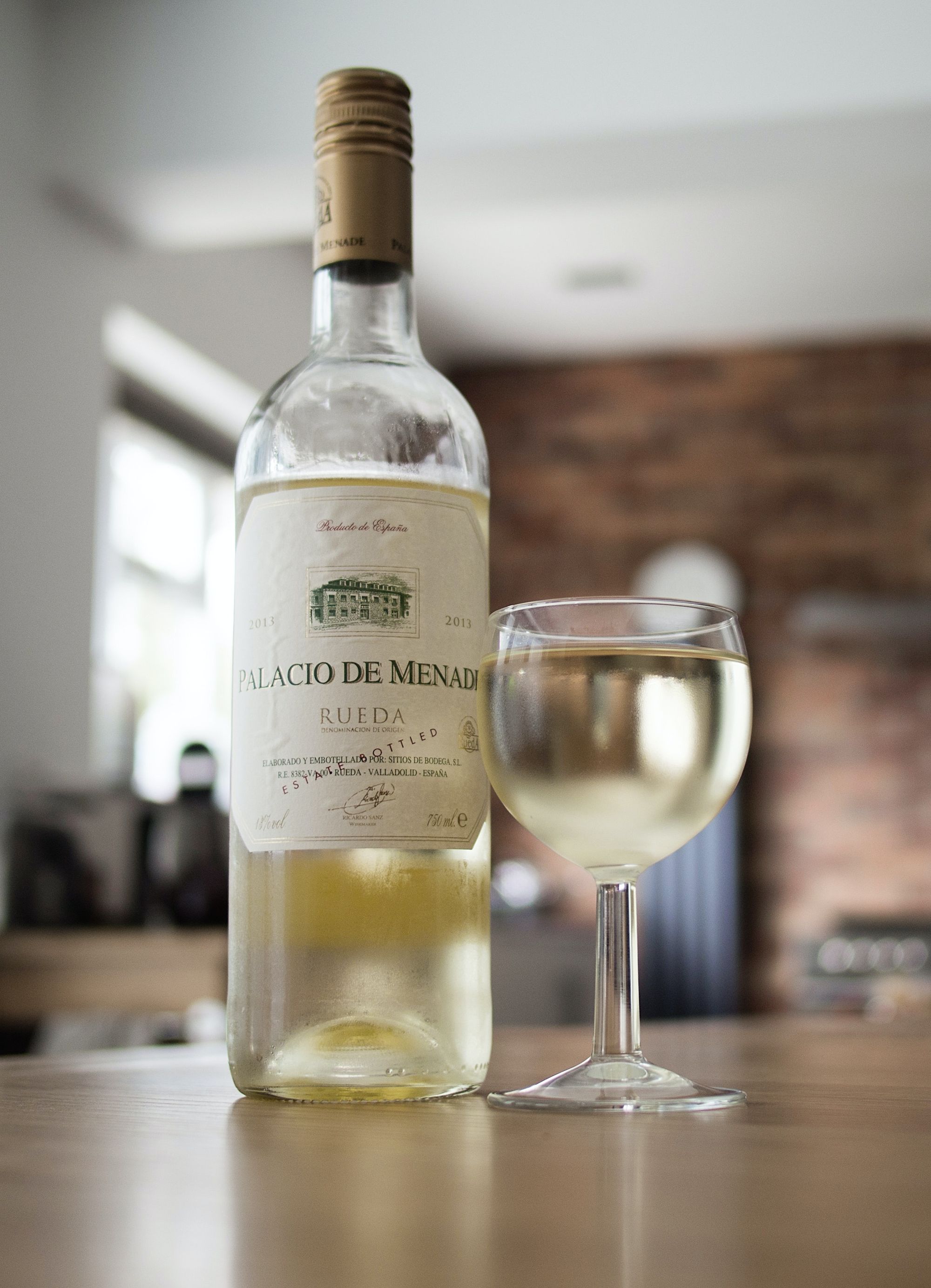
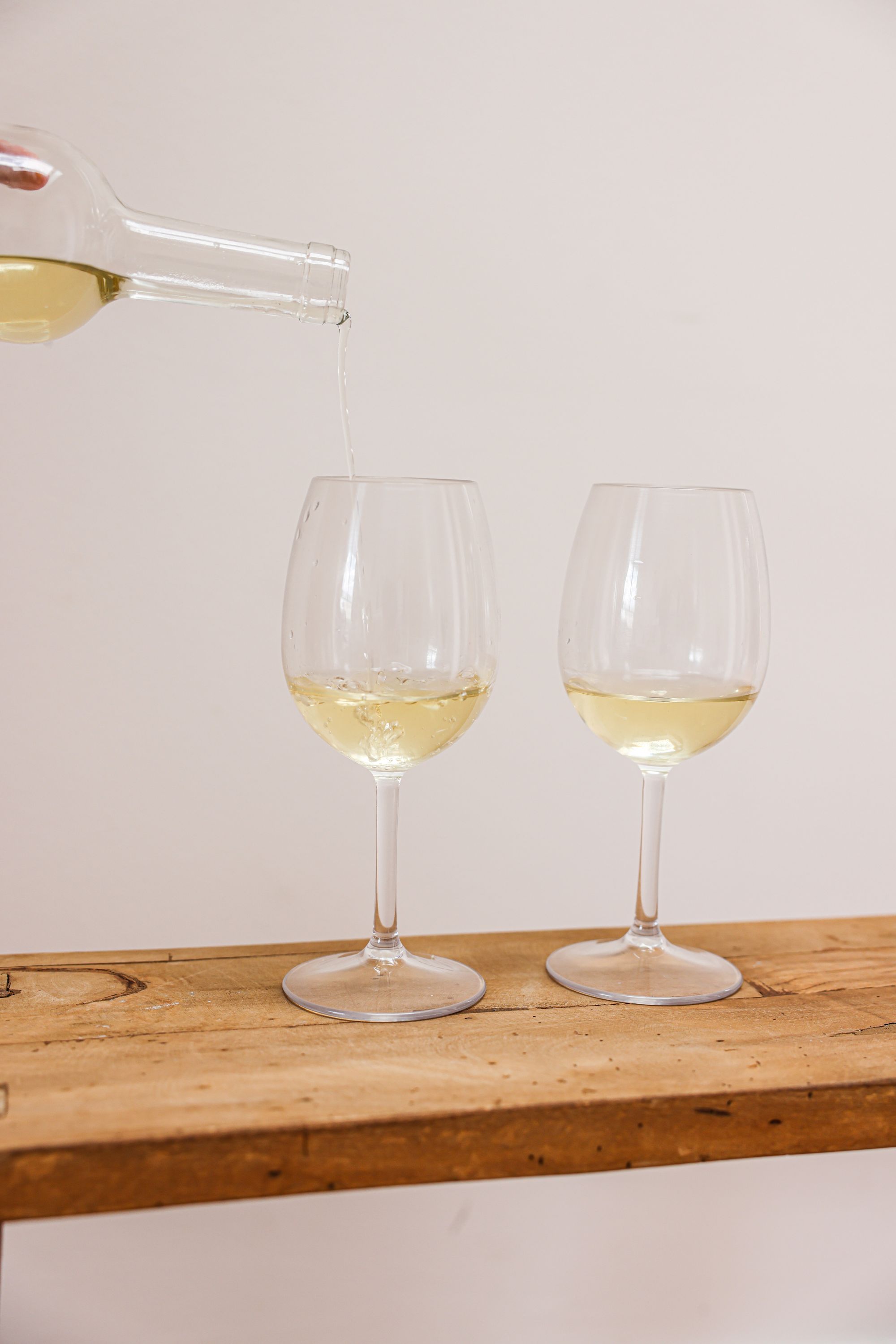
White wines are generally meant to be consumed within a few years of their vintage. However, certain varieties and wine-making techniques can allow white wines to age gracefully for several years.
As a general guideline:
1. Light-bodied white wines: These wines are typically meant to be enjoyed within 1-3 years of their vintage. They are known for their fresh and vibrant characteristics, and their flavors tend to diminish with extended aging.
2. Medium-bodied white wines: These wines can often benefit from some aging, ranging from 2-5 years. The aging process can add complexity and depth to the wine's flavors and aromas.
3. Full-bodied white wines: Certain full-bodied white wines, such as high-quality Chardonnays, can age beautifully for 5-10 years or even longer. The oak aging and rich structure of these wines allow them to develop unique characteristics over time.
To determine when to open or discard a white wine, consider its vintage, the specific producer's recommendations, and your personal preference for freshness or aged flavors.
If stored properly, white wines can maintain their quality and flavor for several years. However, it's important to note that not all white wines are suitable for aging, so it's best to consult the winemaker's guidelines or seek expert advice.
Serving Techniques in Different Settings
When you serve wine, specifically white wines, the occasion and setting can influence the optimal serving temperature and techniques.
Here are some guidelines:
1. Parties and Casual Settings: In social gatherings or casual settings, white wines are often served chilled to enhance their refreshing qualities. Keep the white wines in ice buckets or wine coolers during the event to maintain the desired temperature.
If the wine becomes too warm, consider placing it in an ice bucket or back in the refrigerator for a short time to cool it down.
2. Dinners and Fine Dining: For formal dinners or fine dining experiences, serve white wines at a slightly warmer temperature compared to casual settings. This allows the wine's complexities wine flavor to unfold.
Take the white wine out of the refrigerator 15-20 minutes before serving to allow it to reach the appropriate temperature.
Secrets and Suggestions for Serving and Storing White Wines
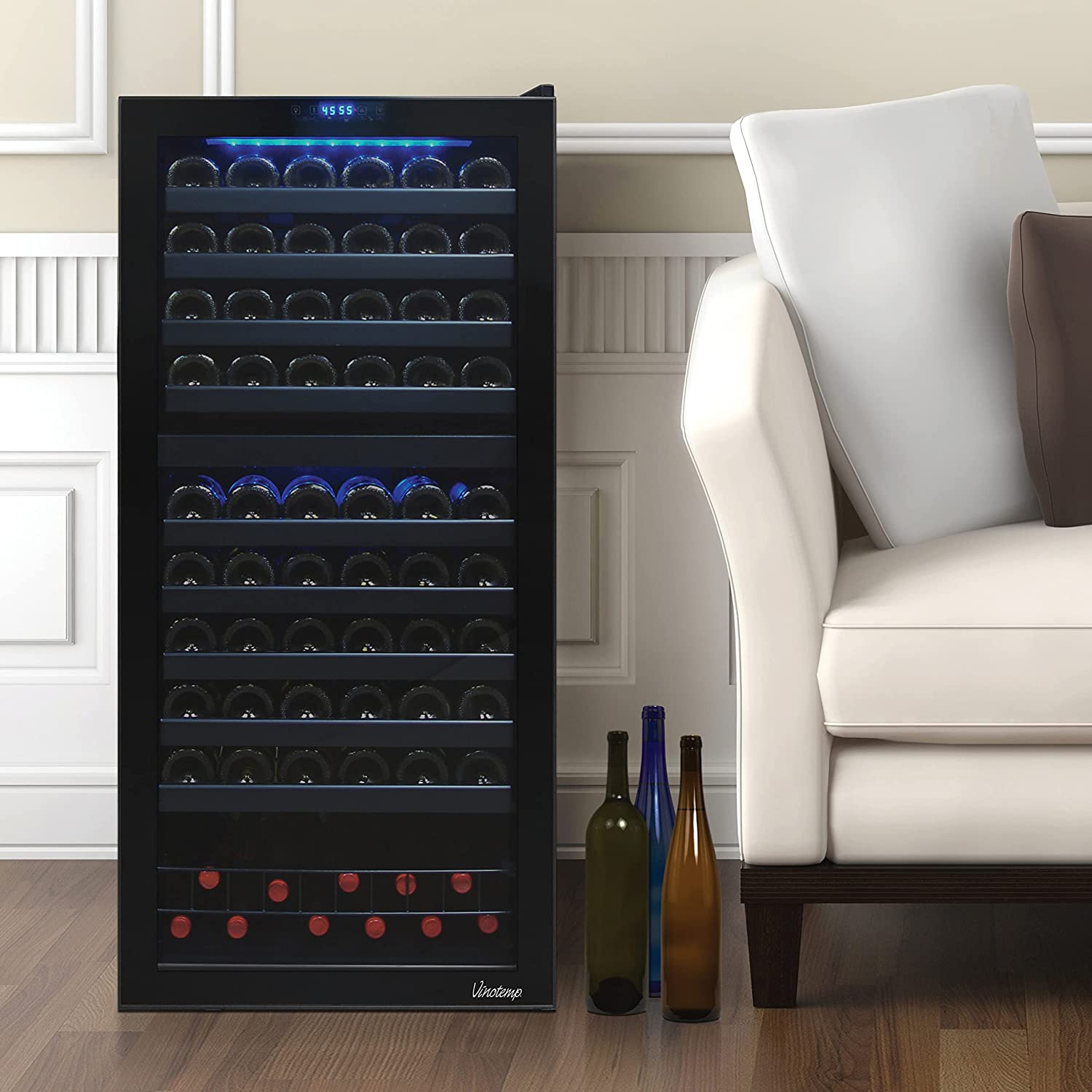
1. Wine Thermometers: Use wine bottles with thermometers to measure the wine's temperature accurately. These thermometers can be attached to the wine bottle, ensuring precise readings.
2. Wine Fridges: Consider investing in a wine fridge, specifically designed to store and chill wines at the ideal temperature. Wine fridges provide a controlled environment and eliminate the need to rely on regular refrigerators or cellars.
3. Chill Bottles Efficiently: If you need to chill a white wine quickly, wrap the bottle in a damp cloth and place it in the freezer for about 15-20 minutes. Remember to set a timer to prevent over-chilling or forgetting it in the freezer.
4. Avoid Rapid Temperature Changes: Sudden temperature fluctuations can negatively impact the flavors and aromas of white wine. Avoid exposing the wine to extreme heat or cold, and store it in a location with consistent temperature levels.
Summary
Understanding the importance of temperature in white wine storage and serving is essential for unlocking the full potential of your favorite white wines.
By following the recommended temperature ranges, perfect wine temperature monitoring techniques, and employing appropriate storage methods, you can ensure that your white wines are enjoyed at their best.
Remember to consider the specific characteristics of each white wine variety and adapt the serving techniques accordingly.
In search of a top-notch wine cooler? Explore our Best Wine Fridge recommendations to find the perfect fit for your unique requirements.
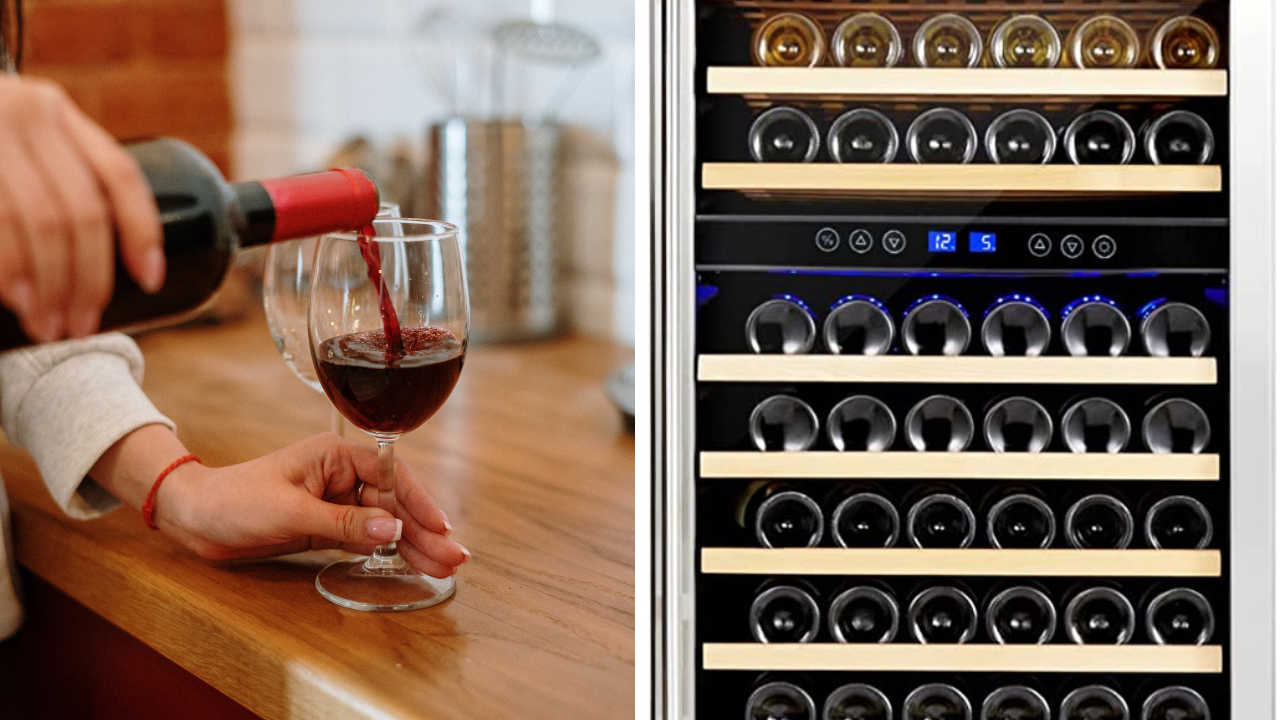
If you are short on space, then check out our top picks for the Best Slim Wine Fridge.
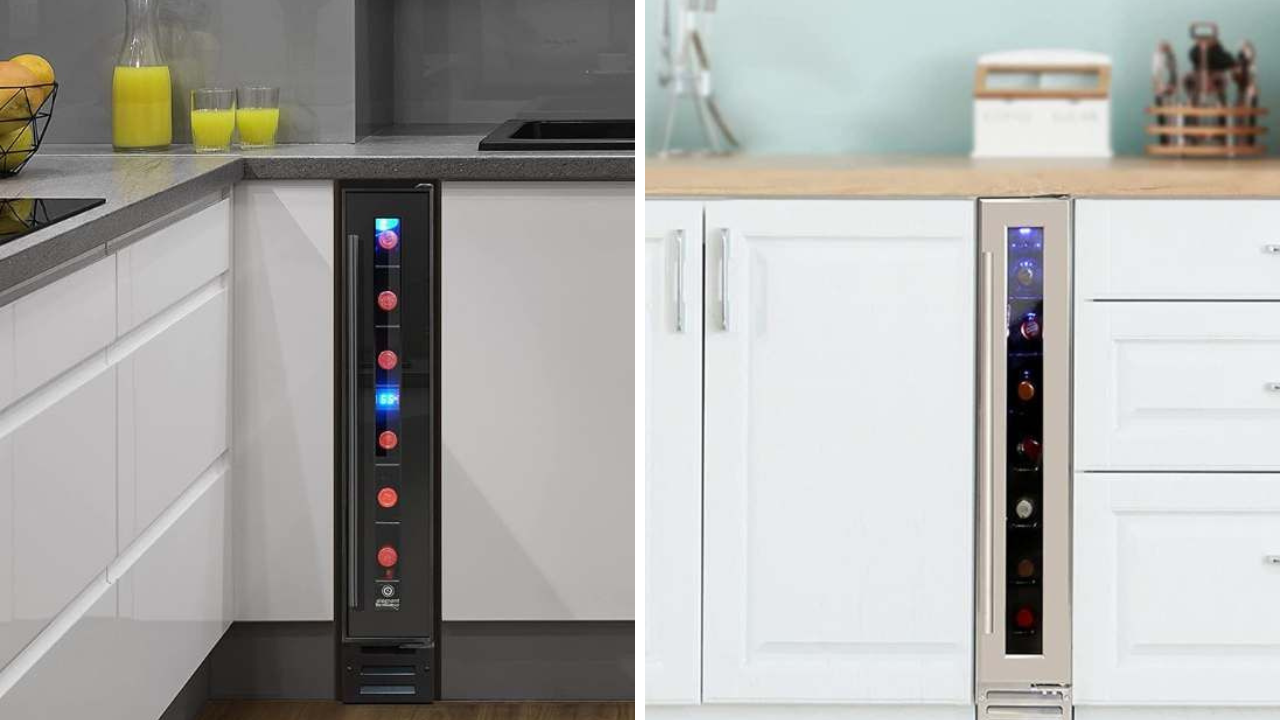
You may want to also check out our top picks for the best under counter wine cooler.
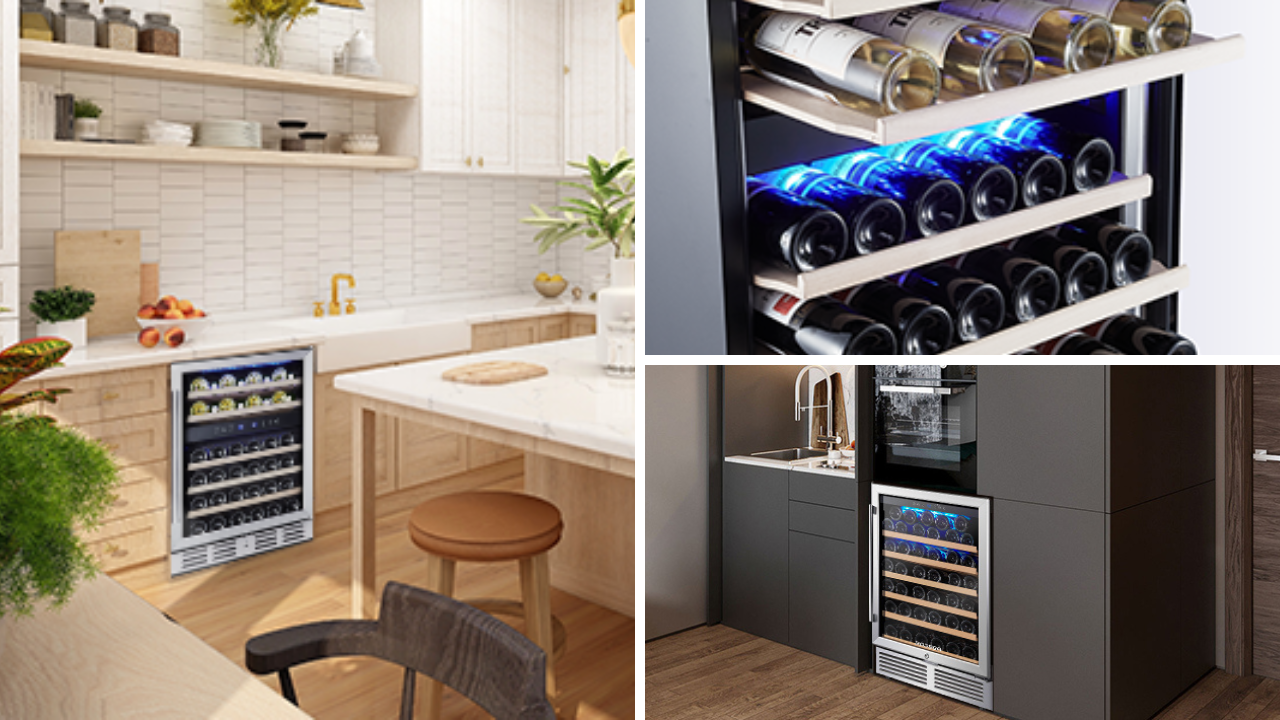
Do you have a large collection of wine? Then you may want to read our article on the top picks for the best large wine fridge.
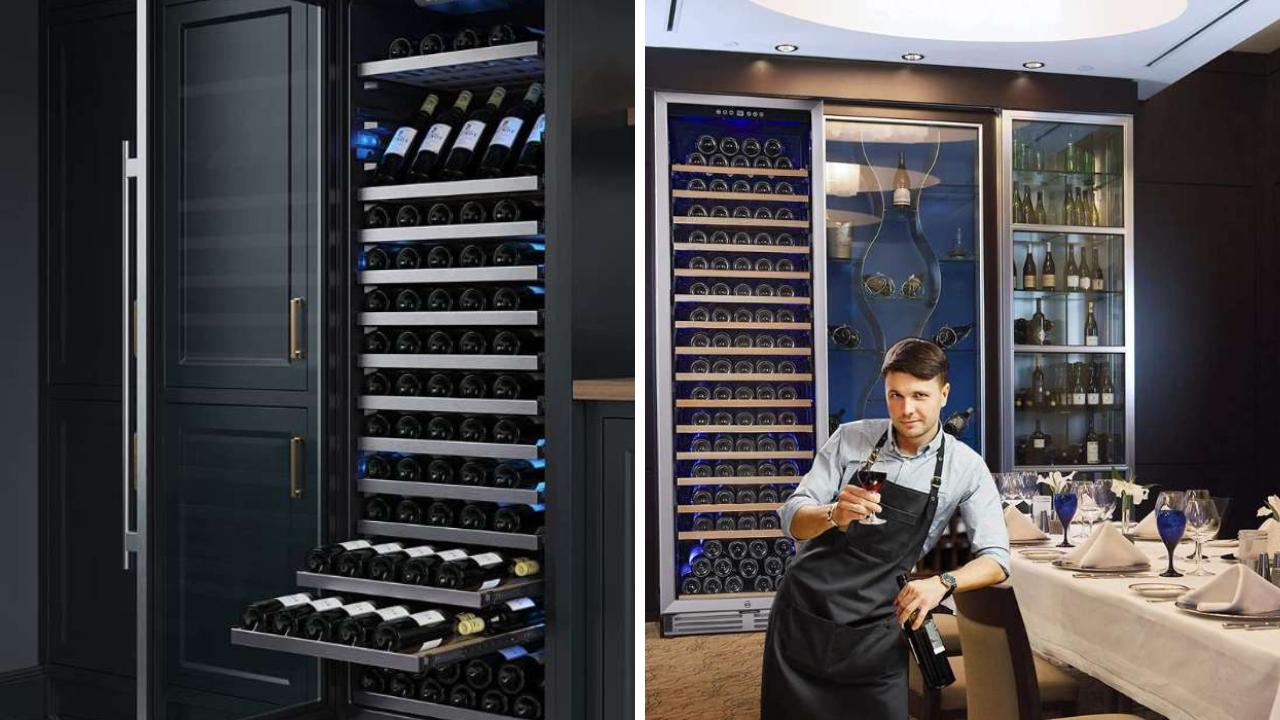
Cheers to perfectly chilled and delightful white wine experiences!
IncredibleRatings










